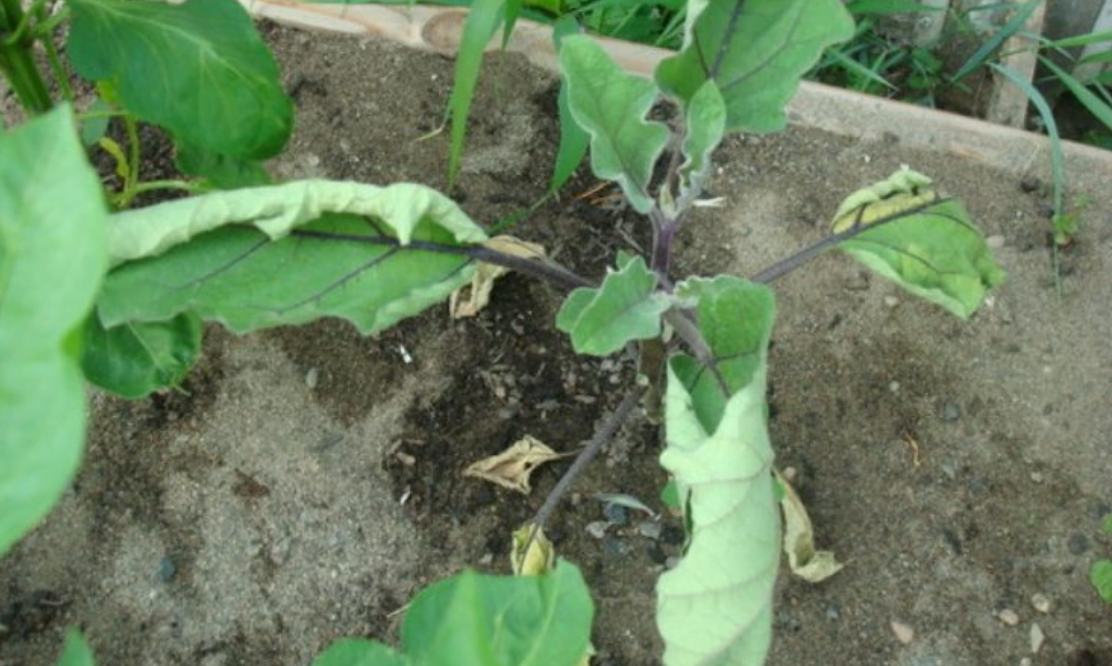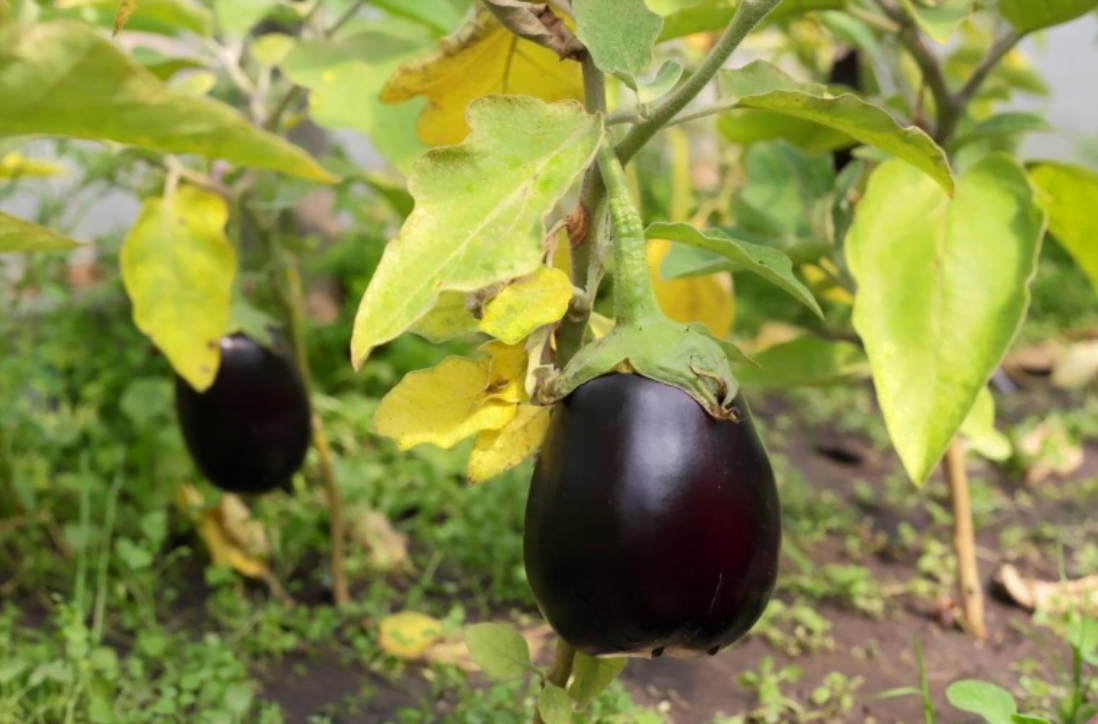Table of contents of the article
ToggleEggplant growers face many challenges, including leaf spot disease, which affects the health and growth of the plant. In this article on your website, World of Plants, we discuss this disease, its causes, and ways to deal with it.
Introduction to leaf curl disease on eggplant
Leaf curl disease is a viral disease, and rolled eggplant leaves indicate:
- Inadequate irrigation: The soil should be moistened as soon as the top layer dries.
- Nutrient deficiency: A teaspoon of ash under each plant will help get rid of discolored leaves.
- Excess fertilizer with little watering: When the soil is saturated with nitrogen, phosphorus and potassium and watering is poor, the leaves begin to curl and dry. In this case, fertilization is canceled and irrigation times are increased.
- Changes in soil temperature or moisture Which causes the leaves to curl.
Symptoms of leaf curl disease on eggplant
Symptoms vary depending on the plant variety, environmental conditions, and type of infection. Initial infections caused by the transmitting aphids appear on young, newly growing leaves. The edges of the leaves begin to curl upward and dry, and yellowing appears on the green areas located between the veins of the leaf. However, if the infection occurred from seed tubers infected with a secondary infection, the symptoms of the infection appear on the old leaves in the form of curling of the edges upward, as well as the stiffness and fragility of the leaves, with the appearance of a purple to red discoloration on the lower surface of the leaves, while the newly grown leaves appear to have edges that are curled upward with discoloration. In pale green. The plant's growth also stops and the branches stiffen and point upward. Severe cases of infection cause poor productivity and poor market value

Cause of leaf curl disease on eggplant
The first transmission of the virus occurs when the plant is infected and the aphids begin to feed on the infected plant, and the infection is transmitted from plant to plant during the season. Secondary infection occurs when plants grow from infected tubers. Aphids transmit the virus from one plant to another. The virus remains in the aphid's body and is transmissible throughout the insect's life, which increases the infectivity of the virus. In order for the insect to gain the ability to infect, the aphid must remain feeding for at least two hours on the plant. High soil moisture increases the risk of infection
Preventive measures for leaf curl disease on eggplant
You must use healthy seeds from reliable and approved sources.
It is also necessary to use varieties that can withstand injury, if any.
The field must also be monitored closely and continuously
And get rid of infected plants.
Host weeds and remnants of the previous crop, which may provide shelter for the virus and its aphids, must also be eliminated.
Symptoms appear in the form of discoloration of the leaf tissue between the veins to a dark red color in red vine species, while in yellow species it turns white, and the tissue appears to be wrinkled downward and the edges of the leaves are also curled.
It suffers from poor growth, with short canes and small branches.
Organic control of leaf curl disease on eggplant
There is no direct treatment for viral infections, but controlling the number of aphids that transmit the virus using predators and parasitoids can be considered a preventive measure. You can use midges, aphids, and fighting beetles, as well as some types of mosquitoes and flies that can feed on aphids and their larvae. Parasitic wasps can also be used.
Chemical control of leaf curl disease on eggplant
The use of integrated control methods, including preventive measures and biological control methods, should always be taken into consideration if available. There is also no chemical control for widespread viral infections. However, you can control the spread of aphids that carry the virus. Therefore, you can use the insecticide neonicotinyl in the early stages of plant growth
In conclusion, we would like to note that we, at the world of plants website, offer you all the necessary services in the world of plants, we provide all farmers and those interested in plants with three main services::-
- Artificial intelligence consulting service to help you identify diseases that affect plants and how to deal with them.
- Blog about plants, plant diseases and care of various crops ... You are currently browsing one of her articles right now.
- An application that provides agricultural consultations to clients, as well as a service for imaging diseases and knowing their treatment for free – Click to download the Android version from Google Play Store، Click to download the IOS version from the Apple App Store.

sources:-




